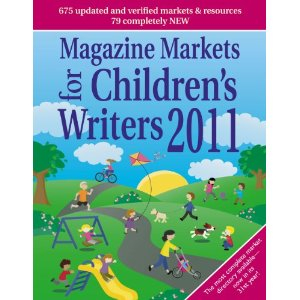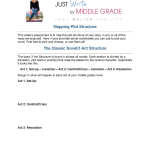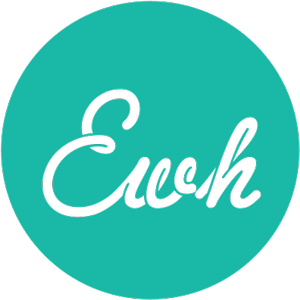
Other Ways to Get Published
 We’re discussing getting published this month at the Children’s Book Hub, so I’ll be devoting a few posts here to that topic.
We’re discussing getting published this month at the Children’s Book Hub, so I’ll be devoting a few posts here to that topic.
Here’s a familiar Catch 22: Agents don’t seem interested until you’ve been published, and you can’t seem to get published without an agent. How to break the cycle? Expand your definition of ‘getting published.’ One way to do so is to include children’s magazines.
Consider submitting your work to one or more of the many popular children’s magazines, such as Highlights, High Five, Ask, Cricket, Ladybug, Muse, National Geographic Kids, or American Girl, to name but a few. Being published in a children’s magazine is an important credit for a bio or resume – and most magazines pay for published work, sometimes very nicely.
Writing for children’s magazines can also provide nice opportunities to write outside your usual genre or comfort zone. Many magazines for young readers publish short stories, but an even greater number focus on non-fiction articles that cover a range of topics, and some even publish poetry for young readers. If you choose to try your hand at article writing, remember that when writing non-fiction for children that it should still read like a good story, with all the same elements that draw the reader in: a degree of tension or suspense that compels the reader to want to know more, evocative language or imagery that incorporates the senses, emotional resonance.
The annual publication “Magazine Markets for Children’s Writers” details all the magazines in print, along with their submission guidelines and contact info. You can order a copy directly from Amazon.
One caveat: if you’re interested in writing for children’s magazines, be sure to read a number of them first. You will get a much better sense of the marketplace and what the style and approach of each magazine may be from the magazine itself than from encapsulated submission guidelines. And you may be surprised by the content of some magazines for young people today… it’s a different world for children now than it was when we ourselves may have been reading Highlights!
